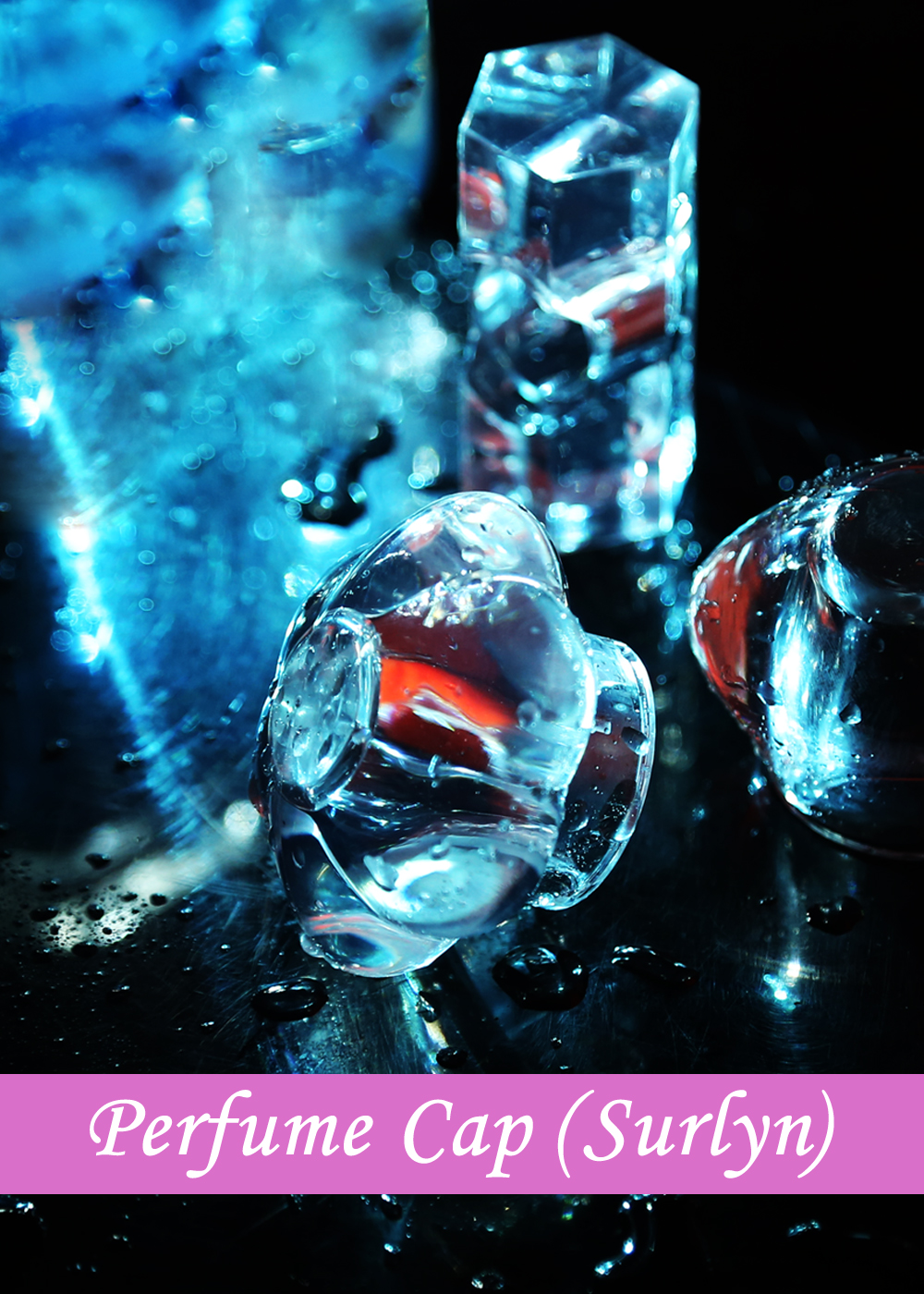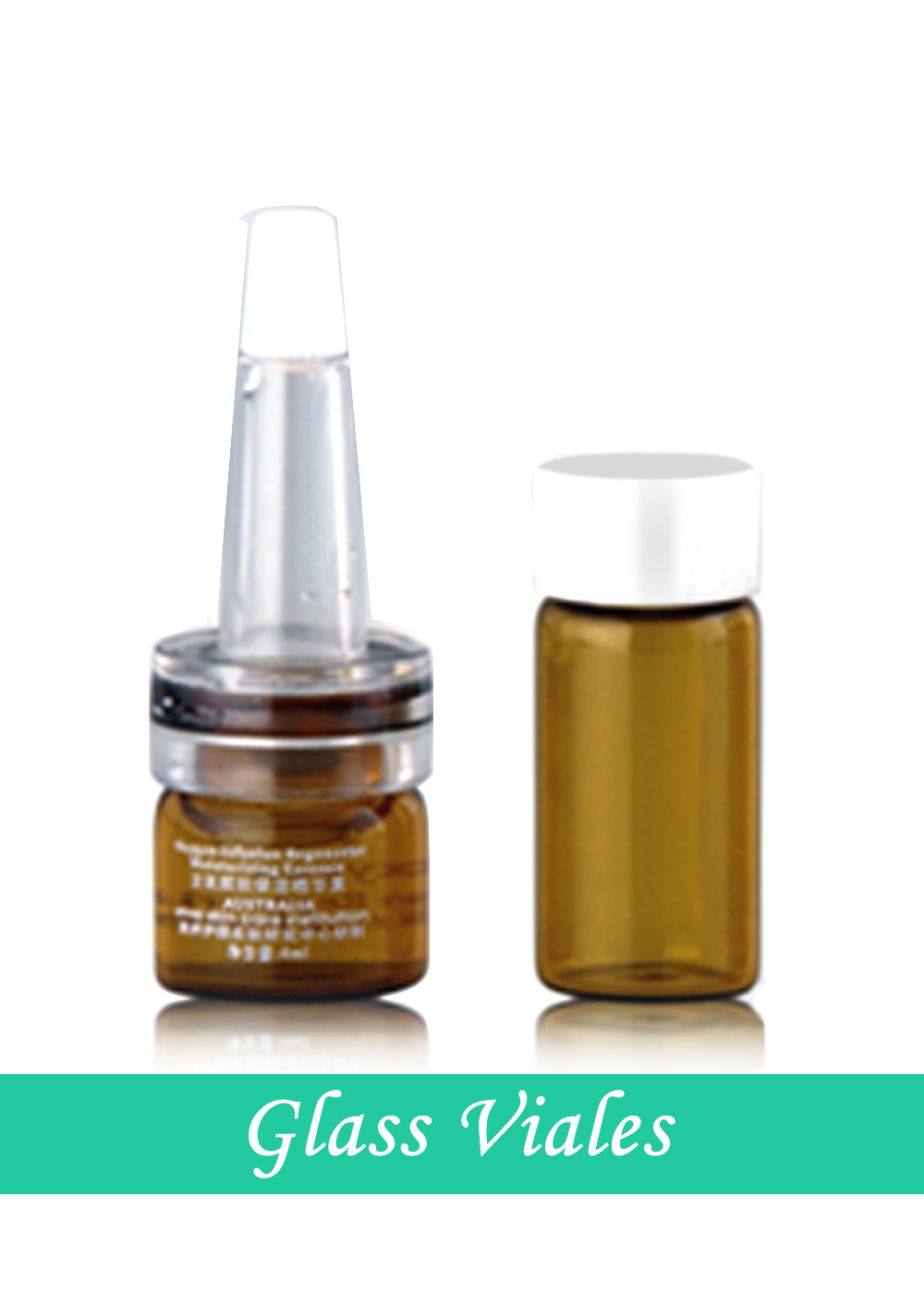
- About Us
- New Products
-
Perfume Packaging
- Glass Bottle
- Perfume Cap (ABS)
- Perfume Cap (Acrylic)
- Perfume Cap (Surlyn)
- Perfume Cap (PP)
- Perfume Cap (AL)
- Perfume Cap (Wood)
- Perfume Cap (Zamac)
- Perfume Cap (Leather)
- Perfume Sprayer
- Aluminum Collar & Plate
- Perfume Package
- Aerosol Can Cap
- Glass Vials
- Roll On For Perfume
- Taggg
-
Glass Bottle
Glass material is one of the most incredible and useful materials, and it is an environmentally friendly material. Perfume bottles are generally available in four neck sizes, they are FEA 13, FEA 15, ... View More
-
Perfume Cap (ABS)
International standard neck sizes of pp perfume cap are: fea13 fea 15 fea18 fea20. View More
-
Perfume Cap (Acrylic)
Acrylic cap, also known as PMMA or plexiglass cap, is derived from English acrylic.It is an important plastic polymer material developed earlier. It has good transparency, chemical stability and weath... View More
-
Perfume Cap (Surlyn)
The perfume cap made by surlyn material is a type of perfume caps, which is mainly made of surlyn resin mainly produced by DuPont. Surlyn resin has the following excellent features: good impact resist... View More
-
Perfume Cap (PP)
International standard neck sizes of pp perfume cap are: fea13 fea 15 fea18 fea20. View More
-
Perfume Cap (AL)
As some cosmetic, perfumes and pharmaceutical manufacturers become bigger and bigger, the demand for caps is increasing greatly, and the demands for aluminum caps is also geting larger and larger. In ... View More
-
Perfume Cap (Wood)
Perfume wood cap are made by the real wood material, and assemble with PP inner. The wood material can be choosing by customer, including China local wood, Ash tree and other imported wood. View More
-
Perfume Cap (Zamac)
Perfume zamac caps are made by Zamac component with PP insert, Zamac can be done by 2-3 pieces base on the design come from. View More
-
Perfume Cap (Leather)
Perfume leather caps are always made by ABS or Zamac material for outer cap,PP for inner cap, with leather sticking. Leather always made by PU leather nowadays, it is also for protecting the environme... View More
-
Perfume Sprayer
Perfume sprayer including perfume pump, plastic vial and plastic sprayer and so on. Perfume sprayer is one of the most important part of the whole perfume packaging. View More
-
Aluminum Collar & Plate
Aluminum crimping collar, aluminum perfume collar, perfume aluminum collar, can be customized of different colors and shapes according to customer requirements . Perfume aluminum collar can be printed... View More
-
Perfume Package
Perfume package refer with pocket sprayer, purser sprayer and perfume vial. It is a wide range packaging supply chain. Perfume Package have volume from 1ml,2ml,3ml,5ml,10ml,15ml,20ml,30ml even up to 5... View More
-
Aerosol Can Cap
Aerosol can cap is a plastic lid that fits over the aerosol can. Generally speaking, aerosol cans are made of aluminum or iron materials. After filled with gas/liquid, a certain pressure will be gener... View More
-
Glass Vials
Glass tube/vial bottles, small bottles and sample bottles drawn from glass tubes, are mainly used in cosmetics, perfume, pharmacy and other industries. The neck is normally screw type or crimping type... View More
-
Roll On For Perfume
Roll on product are made by glass vial or molding glass with roll-on. The using range can be tester perfume, free gift, airline belonging perfume and so on… View More
-
Glass Bottle Tag
Glass material is one of the most incredible and useful materials for custom perfume bottles, and it is an environmentally friendly material provided by perfume bottle manufacturer B.I. Packaging.
View More
-
Cosmetic Packaging
- Plastic Jars & Bottles
- Plastic Bottles
- Plastic Jars
- Airless Jars
- Airless Bottles
- Aluminum Bottles
- Aluminum Jars
- Fine Mist Sprayer
- Foamer Pump
- Lotion Pump
- Mist Sprayer
- Treatment Pump
- Trigger Sprayer
- Glass Bottles
- PET Bottles
- Plastic Caps
- Plastic Tubes
- Preform
- Taggg
-
Plastic Jars & Bottles
This is a suit which we selected for you. It will including plastic bottle, airless bottle, plastic jar in different size for face cream, face lotion, Tonic, cleaner. View More
-
Plastic Bottles
Plastic bottles are currently the most widely used materials for cosmetics, which can be made of a wide variety of materials depending on the formulation, the nature and permeability of the different ... View More
-
Plastic Jars
Plastic jars are currently the most widely used materials for cosmetics, which can be made of a wide variety of materials depending on the formulation, the nature and permeability of the different con... View More
-
Airless Jars
Airless jar: The vacuum jar is an innovative cosmetic packaging container in recent years. It is mainly used in day creams, night creams, sun creams, BB creams, eye creams, creams, and skin care produ... View More
-
Airless Bottles
Airless Bottle is a popular cosmetic packaging container in recent years, mainly used in day cream, night cream, sunscreen, toner, BB cream, eye cream, protector, and skin care products with specific ... View More
-
Aluminum Bottles
Aluminum bottles: Aluminum bottles are part of the ever-present packaging product. In the industry of cosmetic packaging containers, it is mainly used for perfumes, BODY MIST, liquid sunscreen, anti-m... View More
-
Aluminum Jars
Aluminum Jar: Aluminum jar are part of the ever-present packaging product. In the industry of cosmetic packaging containers,. Its mainly used in lipstick, hair wax, solid shoe polish, solid perfume, s... View More
-
Fine Mist Sprayer
In order to meet the needs of growth of pharmaceutical and perfume industry, Industry of fine mist sprayer has gradually been improved in molding, equipment, processing and quality controling after mo... View More
-
Foamer Pump
Prior to the invention of the foam pump, the foam was usually ejected from the product in the form of an aerosol, i.e., the liquefied gas was used to swell the effluent to form a foam, or the post-foa... View More
-
Lotion Pump
lotion pump was invented by human being to change the old lifestyle for convenience. It is simple, convenient, energy-saving and environmentally friendly, which greatly improves the comfort of life. T... View More
-
Mist Sprayer
Mist spray is a new type of pump developed to meet the needs of the use of parmacy products and perfume products. This kind of pump can change the direction of the spray by blocking, and whose nozzle... View More
-
Treatment Pump
pump is a mechanical device with sealing function, releases a content in a predetermined form by pressing to generate a vacuum environment and has a sealing property. The working principle of Treatmen... View More
-
Trigger Sprayer
Trigger sprayer is is also called sprayer gun because of its shape. In terms of its working principle, it belongs to the pump sprayer. Trigger sprayer is used in household chemicals, car care products... View More
-
Glass Bottles
The production process of a glass jar/bottle refers to a series of action combinations (including mechanical, electronically controlled, etc.) that are repeated in a given programming sequence with th... View More
-
PET Bottles
PET bottles are widely used for toiletries and body mist products in our modern beauty & salon industry.PET was born in the textile industry. However, it was widely used in packaging industry afte... View More
-
Plastic Caps
The basic function of plastic cap is to seal and prevent leakage. However, as the daily cosmetics products tend to be diversified, the requirements for plastic cap are getting higher and higher, not o... View More
-
Plastic Tubes
Plastic tube is one of the most common packaging containers made of ldpe, hdpe, pp...etc.The structures of plastic tube are: Mono-layer, 2-layer, 3-layer and 5 layers.The diameter of plastic tubes are... View More
-
Preform
Preform is generally refered to PET preform, which is produced by means of injection to blow different pet bottles by heating to about 80 degree centigrade,and also can add color clip to blow colored ... View More
-
Glass Bottle Tag
Glass material is one of the most incredible and useful materials for custom perfume bottles, and it is an environmentally friendly material provided by perfume bottle manufacturer B.I. Packaging.
View More
-
Color Cosmetic Packaging
-
Compact
Ordinary compact power jar: A compact power jar usually consists of cap, base, back button + pin, powder plate, and front click botton. View More
-
Lip Stick Case
Lip stick case is a container for Lip stick, lip blam, sticks. Normally, it's combined by 3 parts - cap, body, and holder. And the holder including cup, inner body, spiral, A-shell. View More
-
Make up Pencil
Make up pencil for lips, cheeks, eyes. "never had to worry about raccoon eyes" with this liner, which didn't budge or smear for a full day. And though it held firmly on eyes, users said it "comes off ... View More
-
Lip Gloss Container
Lip gloss case is very similar with Mascara case. It’s combined by cap, rod, wiper, bottle and applicator. View More
-
Glass Bottle Tag
Glass material is one of the most incredible and useful materials for custom perfume bottles, and it is an environmentally friendly material provided by perfume bottle manufacturer B.I. Packaging.
View More
-
Compact
- Blog
 EN
EN
 jp
jp  ko
ko  fr
fr  de
de  es
es  ru
ru  pt
pt  ar
ar  pl
pl  id
id 



